A simple, traditional miso soup is one of my favorite matsutake recipes. It comes together quickly and highlights the unique, rich flavor of the mushrooms.
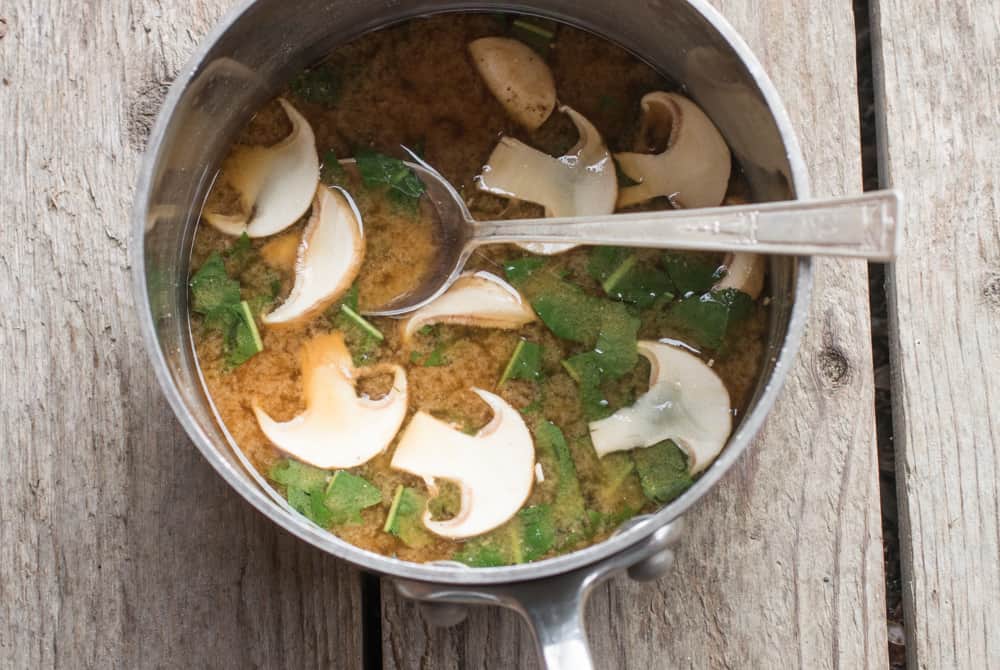
This miso soup is about a nice broth flavored with miso, but more so it's all about having another useful, simple matsutake recipe. Unlike the vast majority of wild mushrooms, matsutake don't like cream, cheese or butter at all. The more clean, simple recipes you have for them, the better.
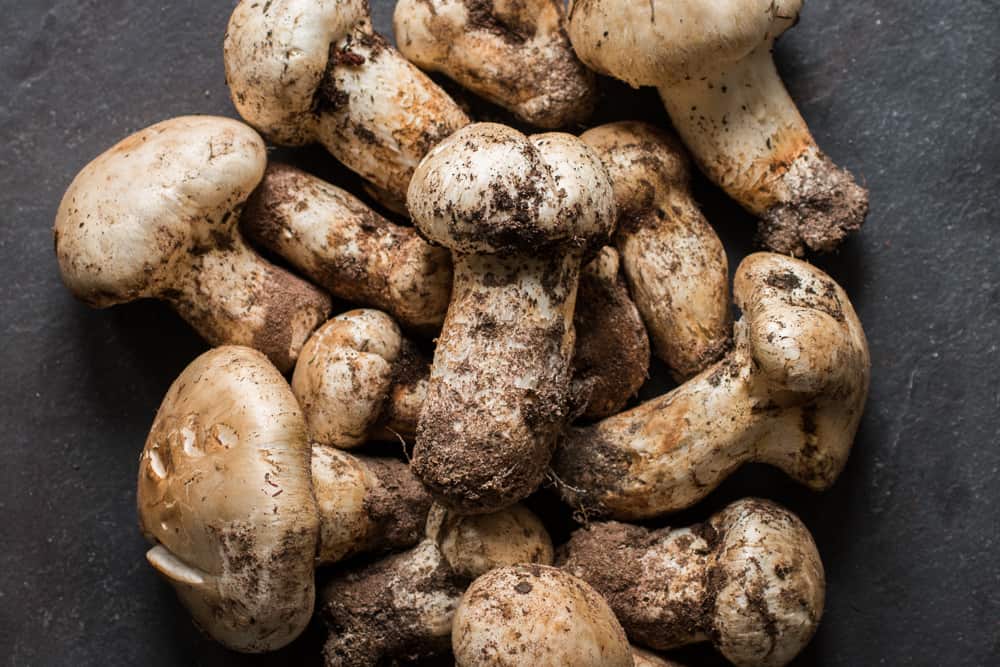
I've eaten different kinds of mushrooms in miso soup, but usually they're small soup mushrooms like Flammelina velutipes (enoki), or Hypsizygus tessellatus (buna shimeji), never something as special as a matsie, and I wouldn't expect to see them in a restaurant.
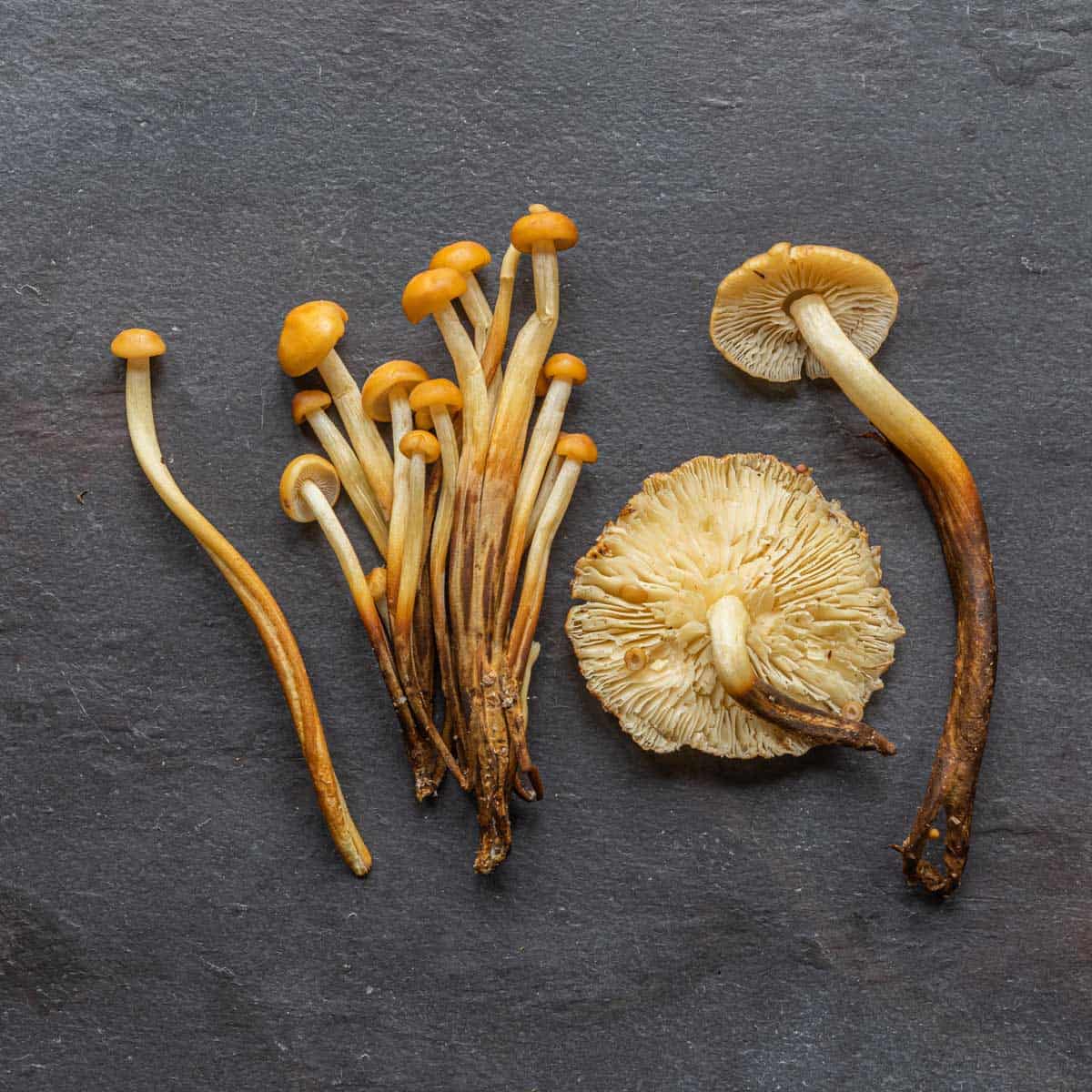
This miso soup recipe is all about making sure you can capture the matsutake aroma. You can use fresh or frozen mushrooms here, and the matsutake blend like a dream with the miso flavor. It's one of the purest ways to taste the true flavor of matsutake.
Ingredients
You'll need matsutake mushrooms, dashi broth, miso and tofu. Optional garnishes can be things like scallions and fresh herbs. All of the ingredients except the mushrooms can be purchased at your local Asian grocer. As the miso is salty, I don't add any soy sauce.

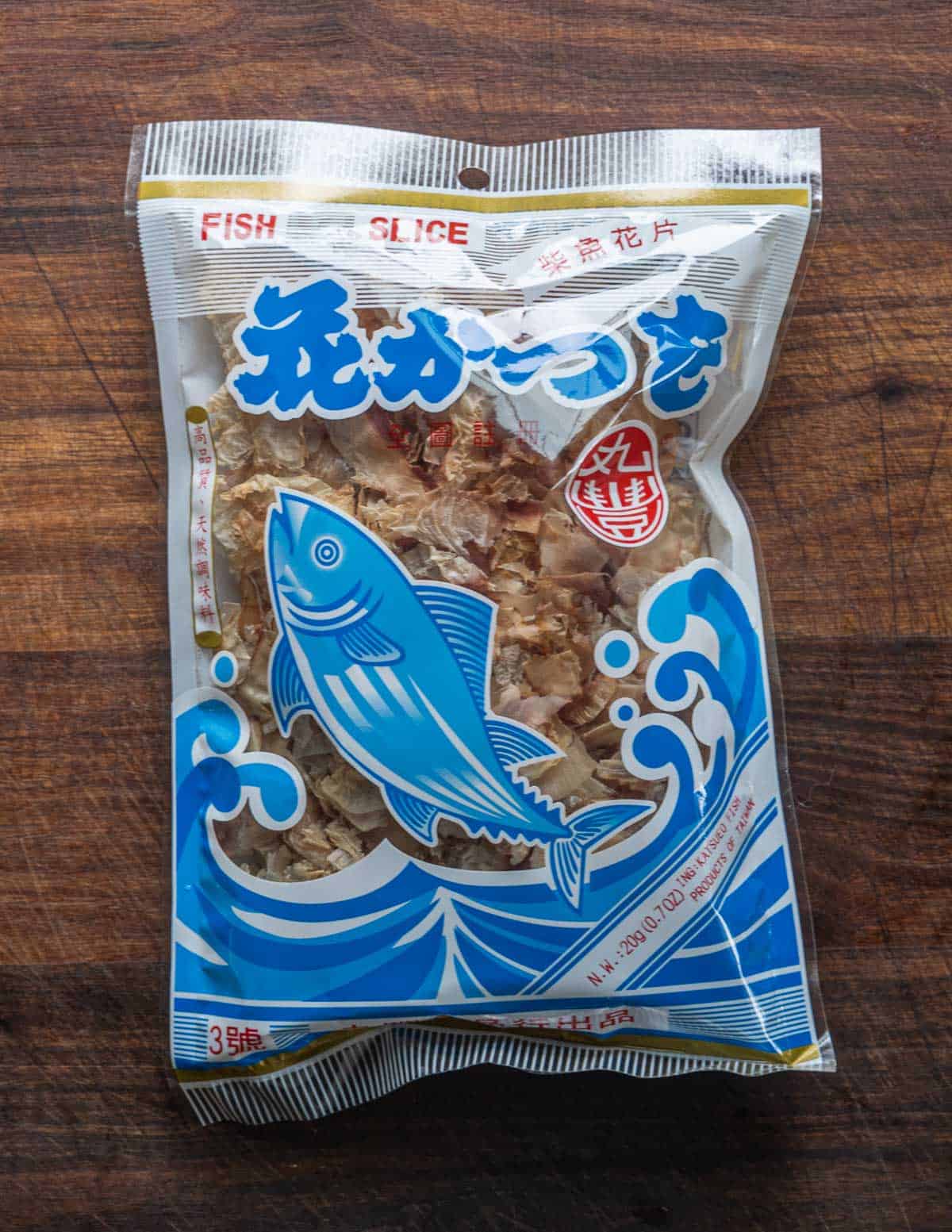
How to Make Matsutake Miso Soup
This is one of the easiest recipes I know, the most difficult part is often cleaning the mushrooms. The images below describe the process.
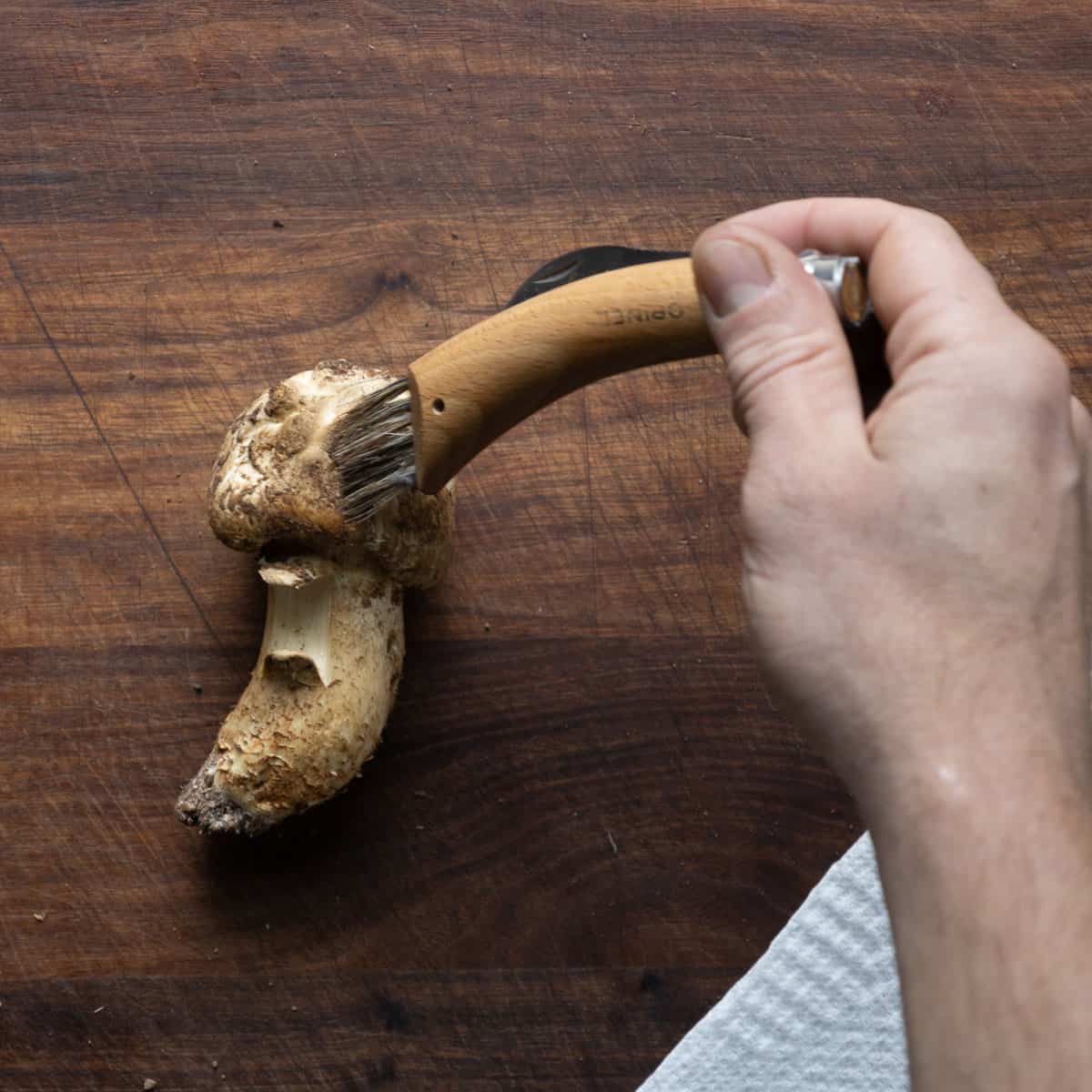
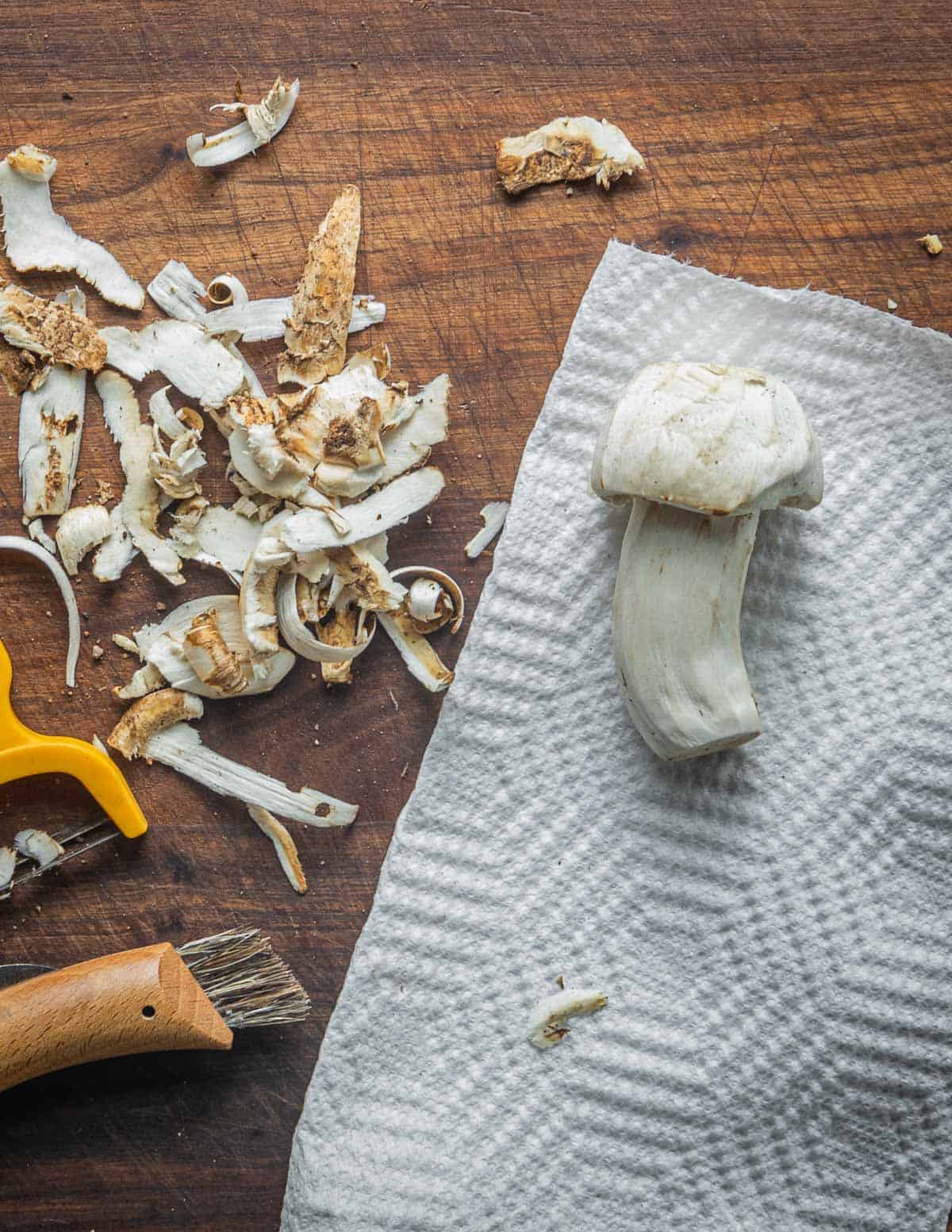
Homemade Dashi (Optional)
Dashi stock is one of the building blocks of Japanese cuisine. You can make your own, use some from a store, or just use chicken stock in a pinch. The images below illustrate the process.
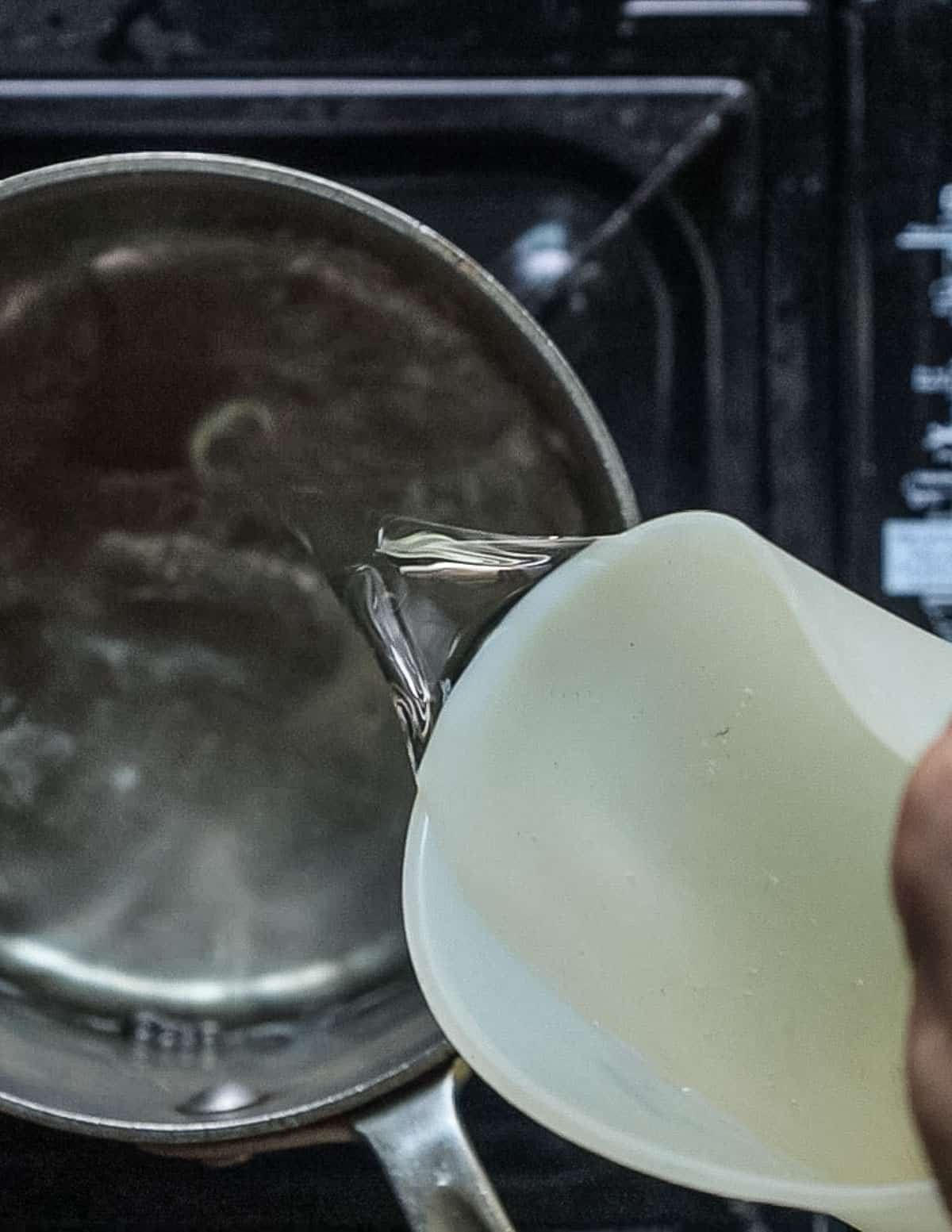
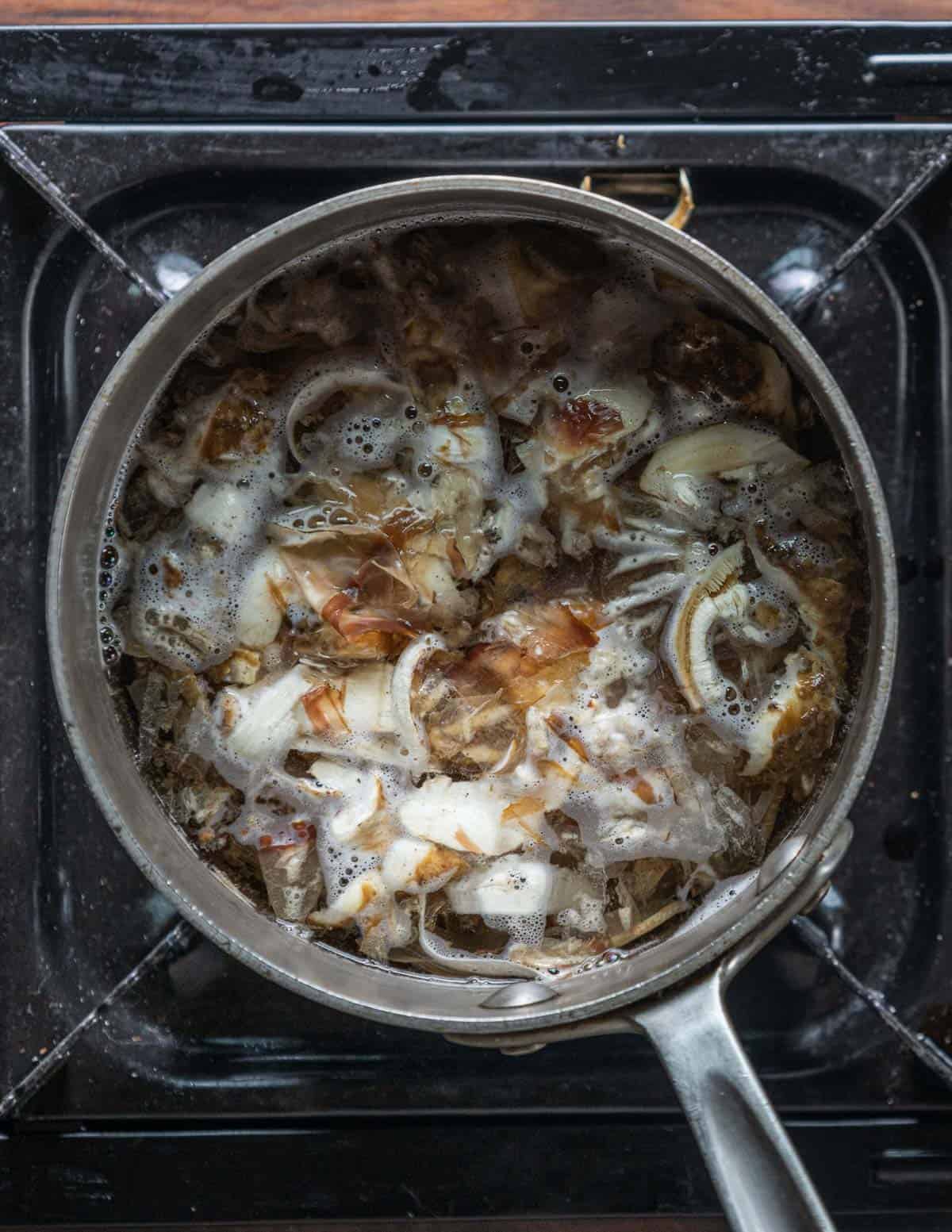
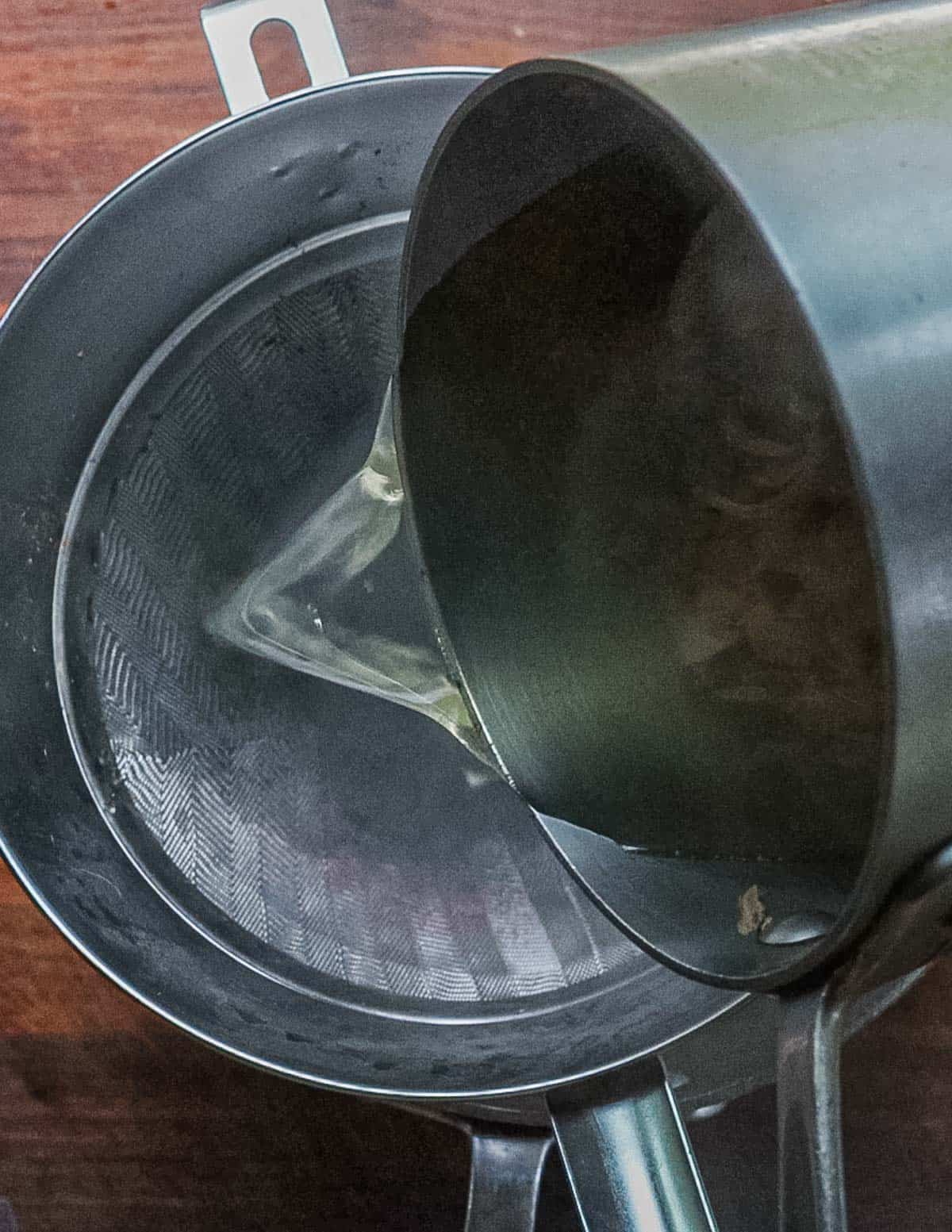
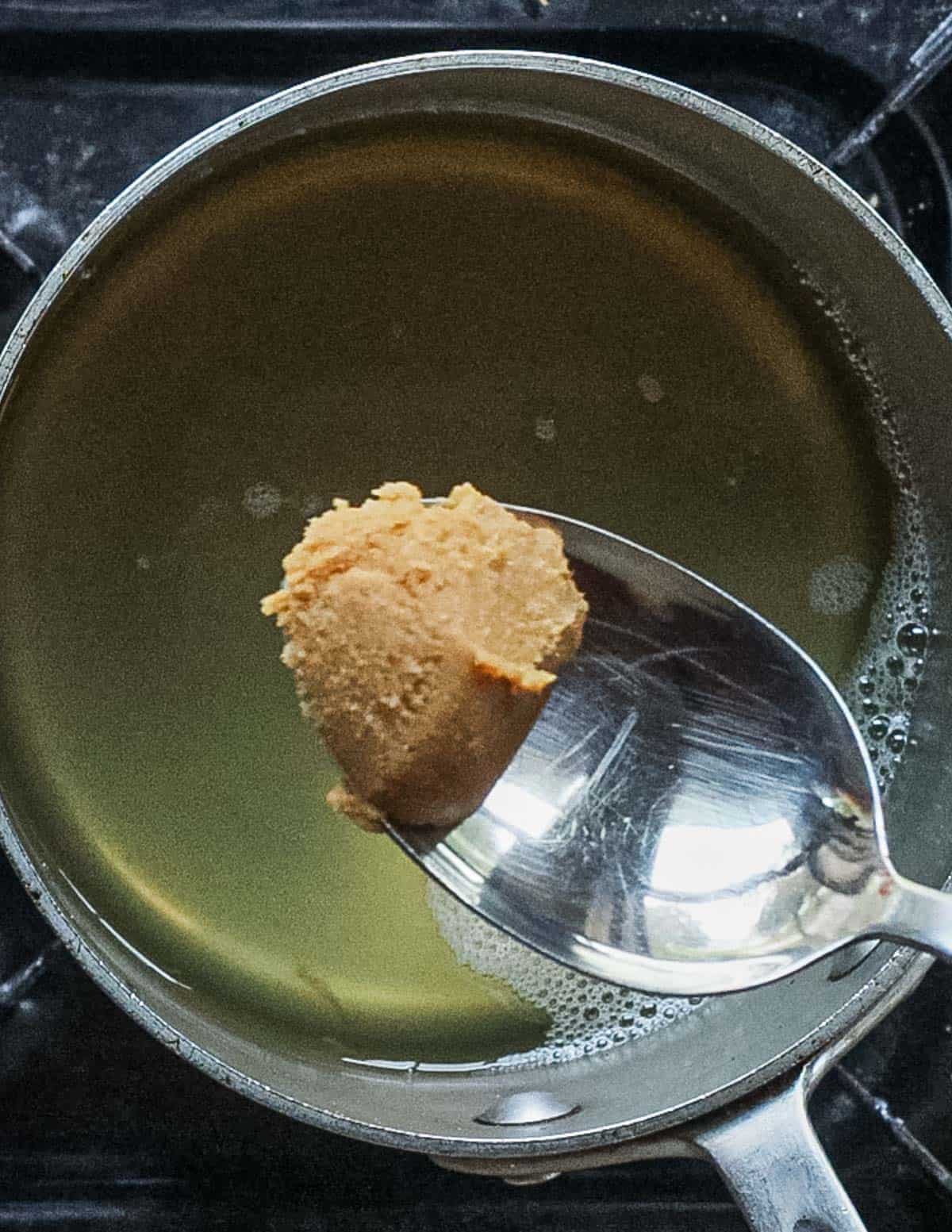
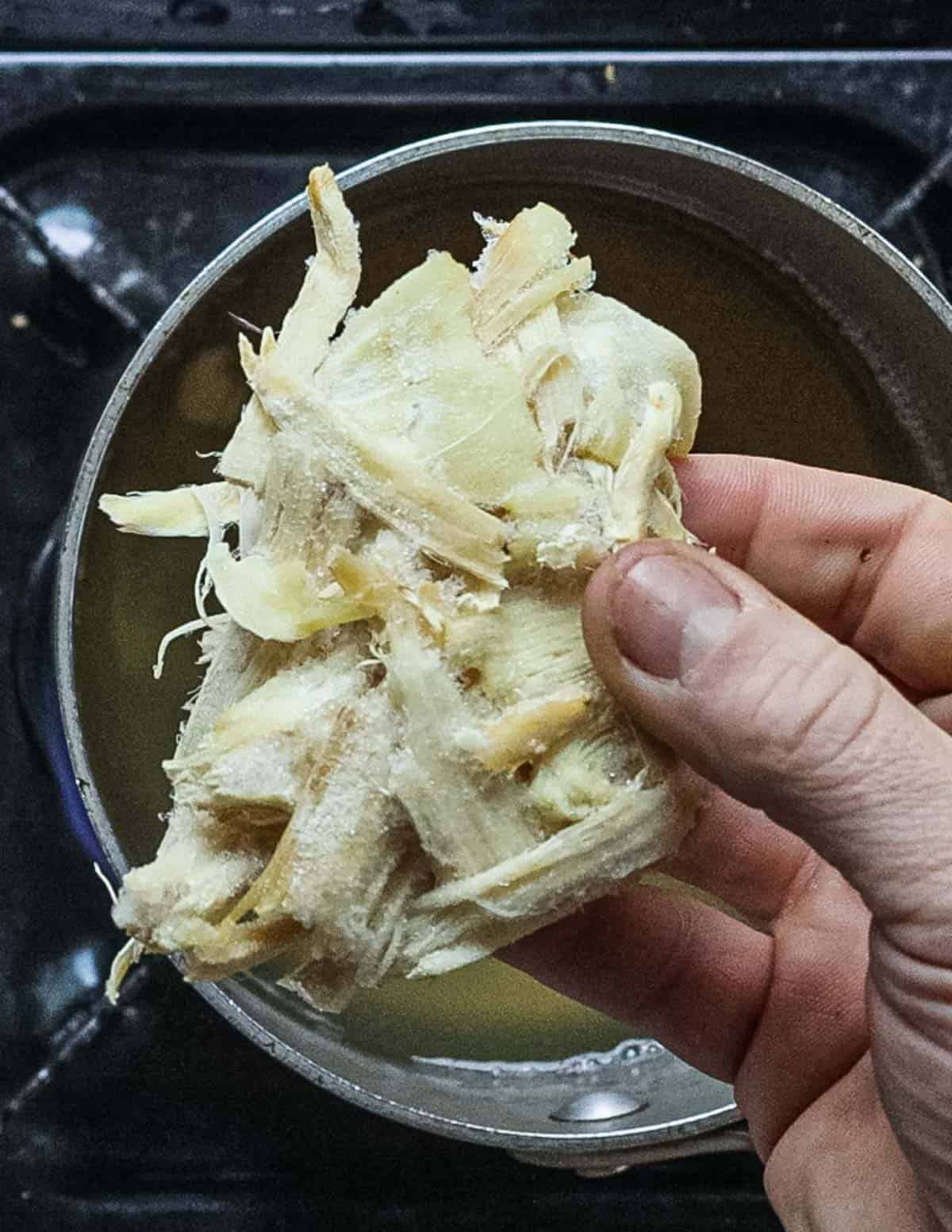
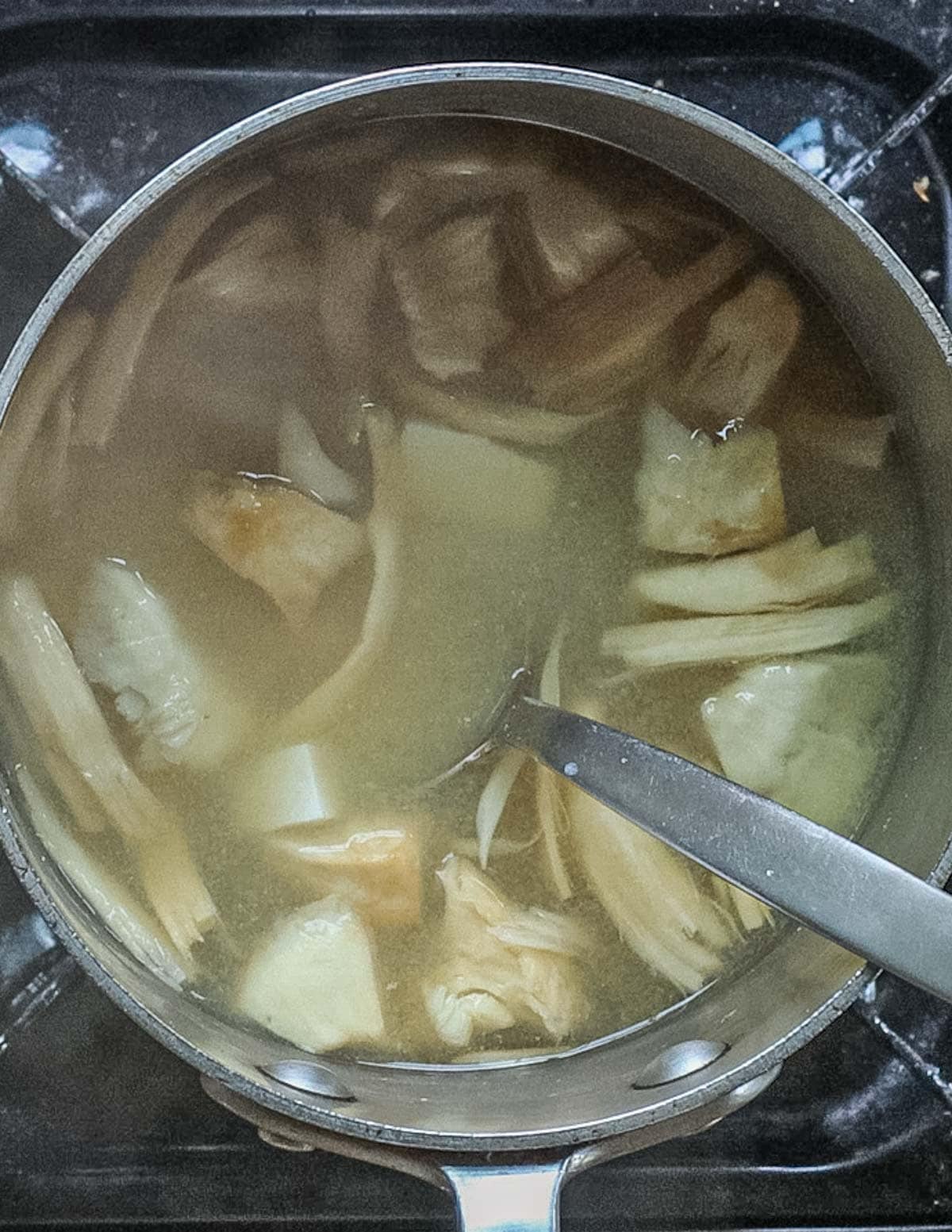
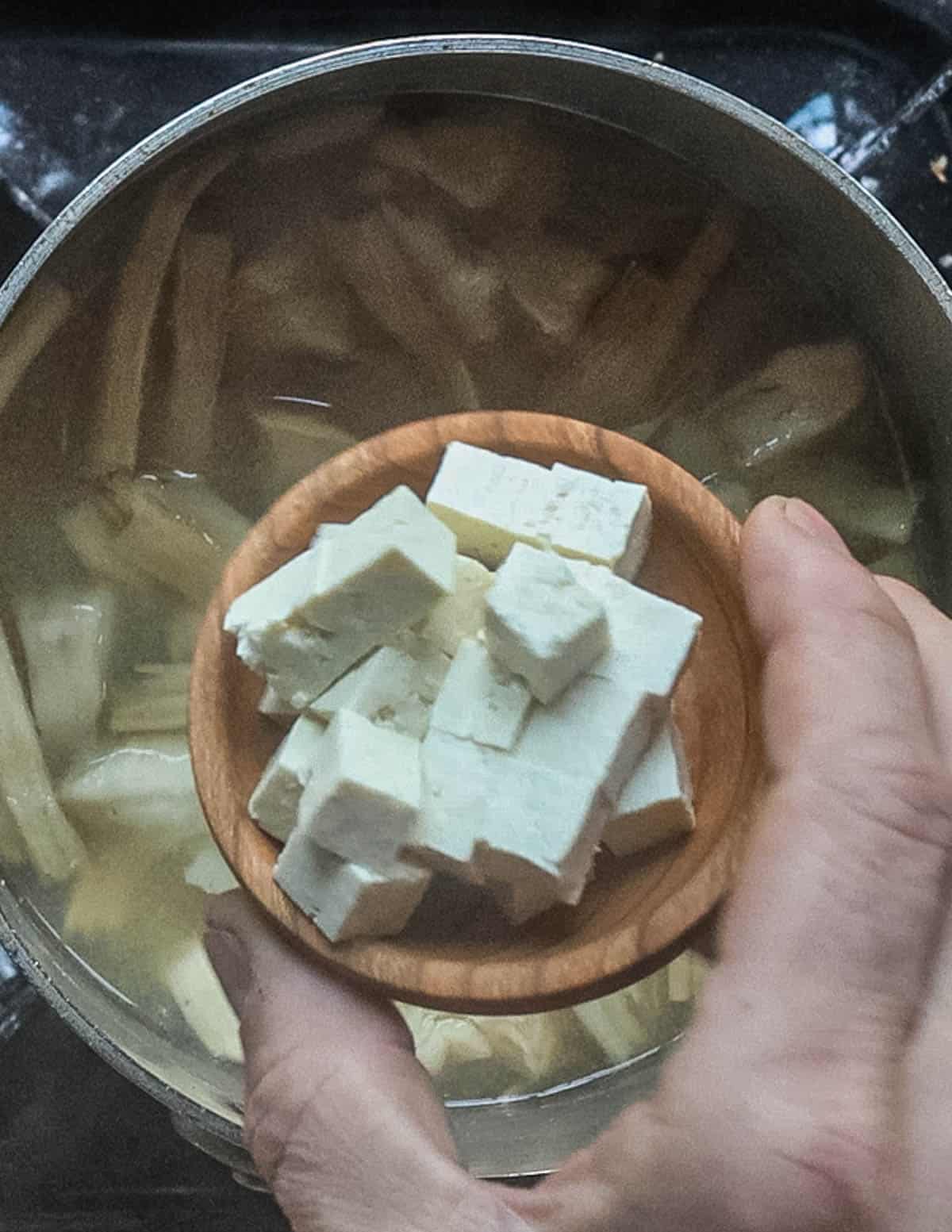
Tips
- This is a basic scratch miso soup, but you could sure use a packet from an Asian market in a pinch, or use your favorite dashi recipe. I added some dried matsutake to my dashi, but it's optional, most of the matsie flavor is going to come from the shaved mushrooms here.
- While heretical, I've had good success using store-bought chicken stock instead of dashi in a pinch. Between you and me, I made this recipe using chicken stock from a box when I served it to three women from Japan. After they tasted it, one of them cried she was so happy. As long as the matsutake flavor comes through, the recipe will be a success.
- Adding fresh herbs like chopped mistuba (Cryptotaenia canadensis) makes for a nice touch if you have some.
More Pine Mushrooms
Matsutake Miso Soup
Equipment
- 1 2 quart soup pot
Ingredients
- 6 cups dashi
- 2 cup diced wild greens such as mitsuba
- 1 cup tofu diced ¼ inch
- 4 tablespoons red miso or to taste
- 2 oz matsutake 4-6 small mushrooms, thickly shaved
Optional Dashi Recipe
- 6.5 cups water
- Kombu: ½ oz 15 grams or one 4 x 4 inch piece
- Bonito flakes 2 cups, or 40 grams
- A good handful of dried matsutake optional
Instructions
For the dashi
- Soak kombu for 3 minutes in the 6 cups of water. heat the water with kombu to nearly boiling, but do not boil. Remove and discard kombu. Add bonito flakes, dried matsutake, and turn off heat, allow to infuse for 20 minutes.
- Strain, cool and reserve. Discard bonito or save to make furikake.
For the soup
- Heat the dashi and miso until simmering.
- Add the greens and tofu and heat through.
- Double check the seasoning and adjust as needed, then add the matsutake, stir to heat through but don’t try to cook them, turn off the heat and serve.
Video
Notes
Nutrition
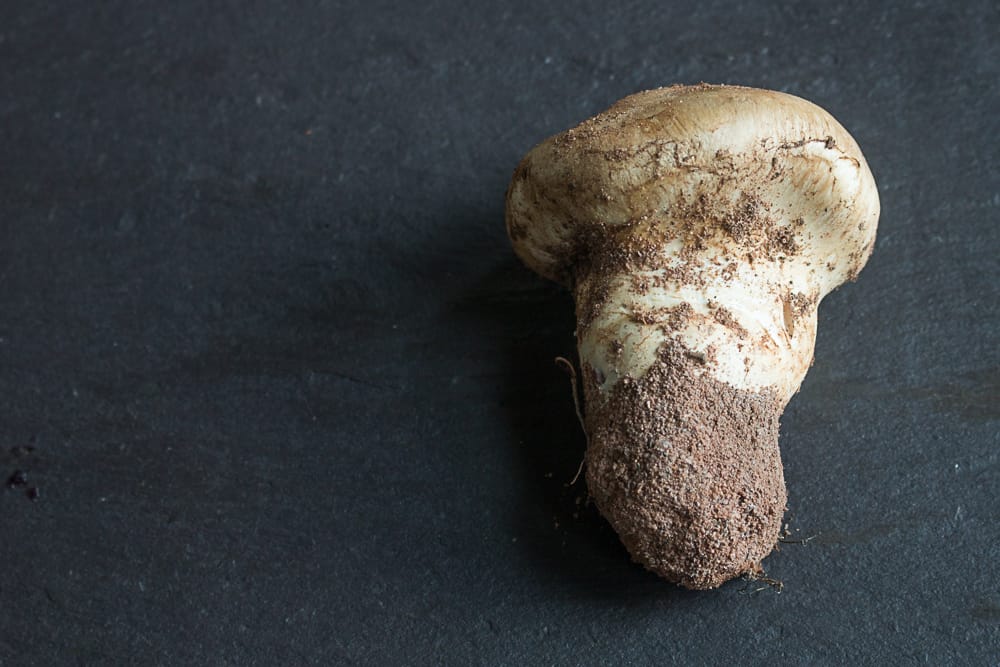

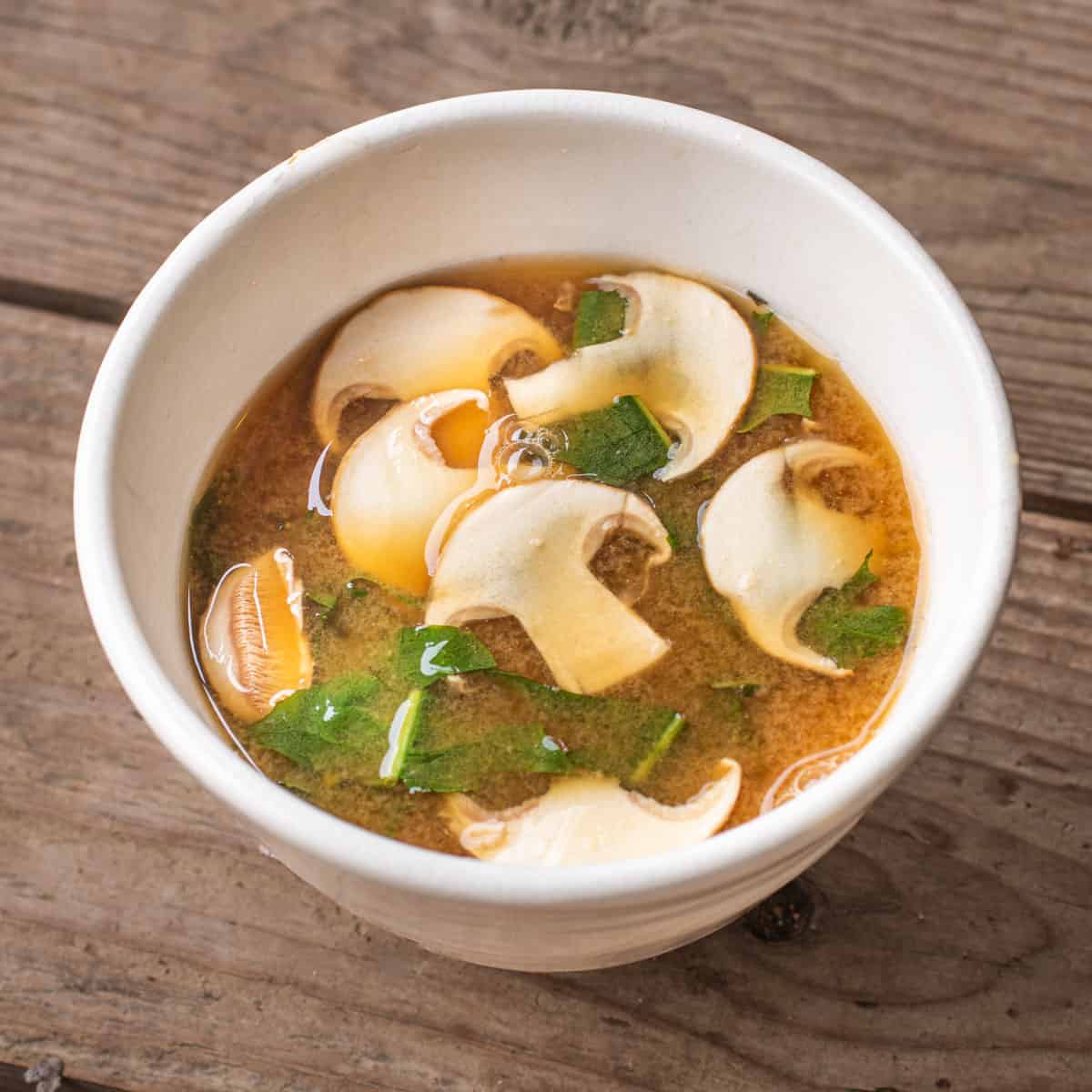
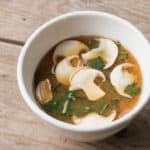
Emily
Hi Alan, just purchased some matsutake for the first time. Thanks for all the information. One question: do you freeze them for the purpose of preservation or does freezing actually improve texture +/or taste?
Alan Bergo
Hi Emily. Freezing doesn’t “improve” their taste, it’s just the best way to preserve their fresh taste. Drying and cooking + freezing don’t work.
Surati
Thanks for your soulful and personal Matsutake soup explanation.
I can understand the sentiment of the Japanese ladies.
( didn't know freezing works so well )
Alan Bergo
Thanks Surati.
Amy
Finally found pine mushrooms (live in PNW) and keen to cook something fabulous that showcases them. Like this idea but wondering about safety of eating raw or not cooked? Always through all mushrooms, especially wild, needed to be cooked for safety?
Alan Bergo
In Japan matsutake are served raw. I serve them raw to the general public and it’s the first way I eat them every year. They’re perfectly safe. This is also good with frozen matsutake.
Amy
Thanks for giving me the courage to try this. They were so amazing raw! (Thin with olive oil and salt). Wow!
Amy
Ok, well I tried some of pine mushrooms raw- sliced thinly on a mandolins with a bit of good olive oil and Maldonado salt. Pure Magic! Thank you for giving me the courage to try this! (And yes I did not feel ill)
Thanks!!
Alan Bergo
Thanks Amy. I love them raw and people are always shocked at how strong the pine flavor comes through.
Jane
Great recipes thank you! I believe that under the ingredient list for the dashi, it should read 9 cups water.
Alan Bergo
I adjusted that for Clarity, thanks Jane.